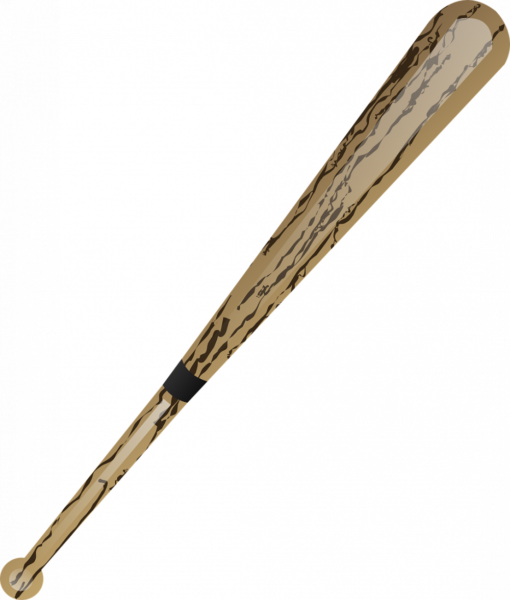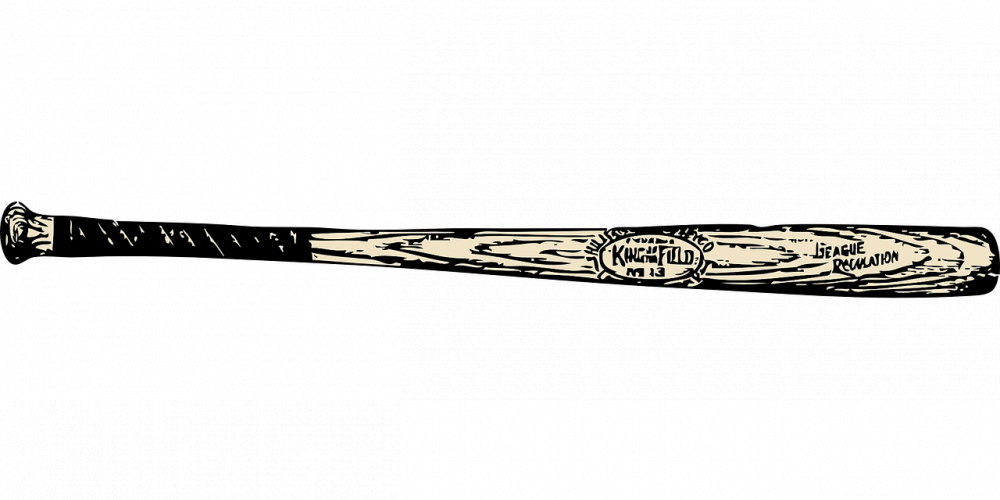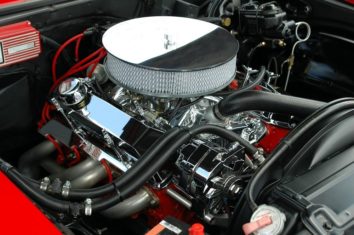Baseball Ball: A Comprehensive Guide

Introduction
A baseball ball is a crucial component of the sport of baseball. It is a small, spherical object that serves as the focus of the game. In this article, we will provide a detailed overview of the baseball ball, including its various types, popularity, quantitative measurements, differences, and historical evolution.
1. Overview of Baseball Ball

A baseball ball is typically made of a cork or rubber center, wound with yarn, and covered with cowhide or horsehide leather. Its diameter is approximately 2.87 to 2.94 inches (73 to 75 mm), and its weight ranges from 5 to 5.25 ounces (142 to 149 grams). The ball consists of two hemispheres stitched together using red cotton thread.
2. Types of Baseball Balls
2.1 Major League Baseball (MLB) Balls
The baseballs used in professional baseball leagues, such as Major League Baseball (MLB), have specific standards. MLB balls have a core made of rubber or cork, surrounded by 15% wool and 85% synthetic fibers. The prominent brand for MLB balls is Rawlings. These balls are highly regulated and subject to stringent quality control.
2.2 Youth and Recreational Balls
Youth baseball balls are designed to be softer and lighter to ensure the safety of young players. They may be made of foam, rubber, or synthetic materials, and have a softer outer covering. Recreational balls, used in casual games, can vary in type and quality, catering to different skill levels.
3. Quantitative Measurements of Baseball Ball
3.1 Compression
Compression is an essential measurement that determines the hardness of a baseball ball. It refers to the force required to compress the ball by a certain percentage of its original size. Higher compression balls are denser and travel less distance when hit, while lower compression balls are more forgiving and travel farther.
3.2 Coefficient of Restitution (COR)
COR measures how much energy is retained or lost when a ball collides with a surface. Baseball balls with a higher COR bounce off the bat more effectively, resulting in longer hits. Professional baseball leagues have specific COR limits to maintain a balance between offense and defense.
4. Differences Between Baseball Balls
4.1 Core Construction
The core construction of baseball balls can vary, affecting their performance. Some balls have a solid rubber core, providing a livelier bounce, while others have a cork and rubber mixture, offering a controlled response during gameplay.
4.2 Seams
Seam height and stitching pattern play a vital role in the aerodynamics of a baseball ball. Higher seams can produce more movement and enhance the pitcher’s ability to throw breaking balls. Different stitching patterns can also affect the grip and release of the ball.
4.3 Cover Material
The cover material, usually leather, can differ in quality and durability. MLB balls use premium cowhide or horsehide leather, which provides the ideal balance of grip and durability.
5. Historical Evolution and Pros and Cons of Baseball Balls
Baseball balls have evolved over time to enhance the game’s fairness and excitement. Historically, balls with a higher seam height and minimal cork or rubber core were used, resulting in low-scoring games. This changed with the introduction of livelier balls, allowing for increased offense. However, concerns about home run rates and pitcher safety led to alterations in ball construction and specifications.
The benefits of modern baseball balls include improved player performance, increased offense, and heightened excitement. However, some critics argue that these changes have led to an imbalance favoring hitters, affecting the game’s traditional strategies and defensive play.
Conclusion
In conclusion, the baseball ball is an integral part of the sport of baseball. Its construction, measurements, and varying types contribute to the game’s dynamics. While advancements have enhanced gameplay and spectator experience, there have been ongoing debates regarding the impact on the balance between offense and defense. Understanding the intricacies of the baseball ball helps players, spectators, and enthusiasts appreciate the sport’s evolution and nuances on a deeper level.
References:
1. Major League Baseball Official Rules. Retrieved from [URL]
2. Rawlings Baseballs. Retrieved from [URL]
3. The Physics of Baseball. Retrieved from [URL]
FAQ
What is a baseball ball made of?
What are the different types of baseball balls?
How do baseball balls differ from each other?
Flere nyheter
Bilverksted i Bærum: Det foretrukne valget for mange bilister
Introduction A baseball ball is a crucial component of the sport of baseball. It is a small, spherical object that serves as the focus of the game. In this article, we will provide a detailed overview of the baseball ball, including its various types...
04 juni 2025
Optiker i Bodø: Forstå dine øyebehov
Introduction A baseball ball is a crucial component of the sport of baseball. It is a small, spherical object that serves as the focus of the game. In this article, we will provide a detailed overview of the baseball ball, including its various types...
03 juni 2025
Effektiv solskjerming: Innvendig och utvendig
Introduction A baseball ball is a crucial component of the sport of baseball. It is a small, spherical object that serves as the focus of the game. In this article, we will provide a detailed overview of the baseball ball, including its various types...
01 juni 2025
Konsekvensutredning: En viktig del av samfunnet
Introduction A baseball ball is a crucial component of the sport of baseball. It is a small, spherical object that serves as the focus of the game. In this article, we will provide a detailed overview of the baseball ball, including its various types...
03 mai 2025











